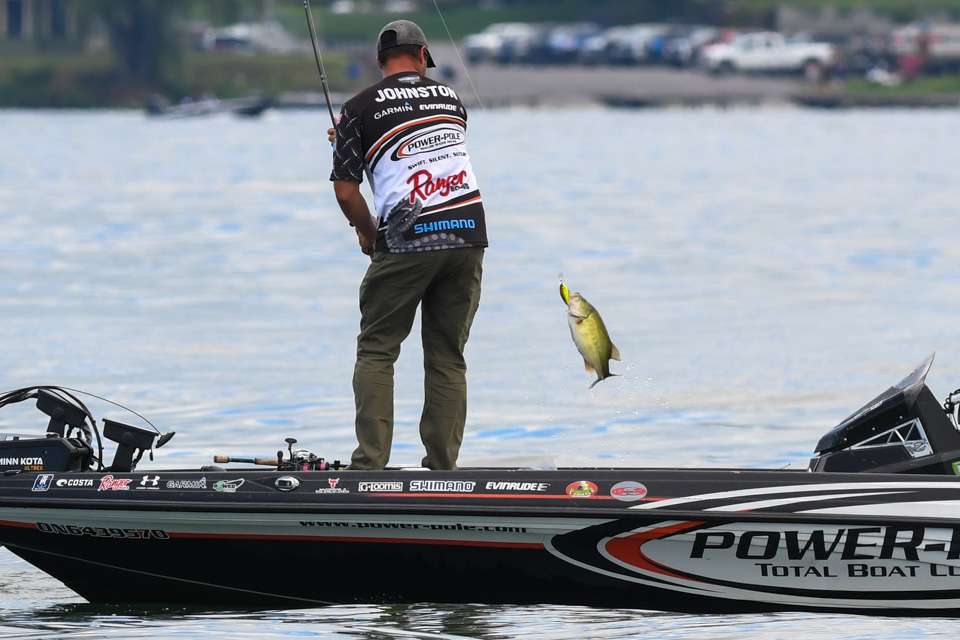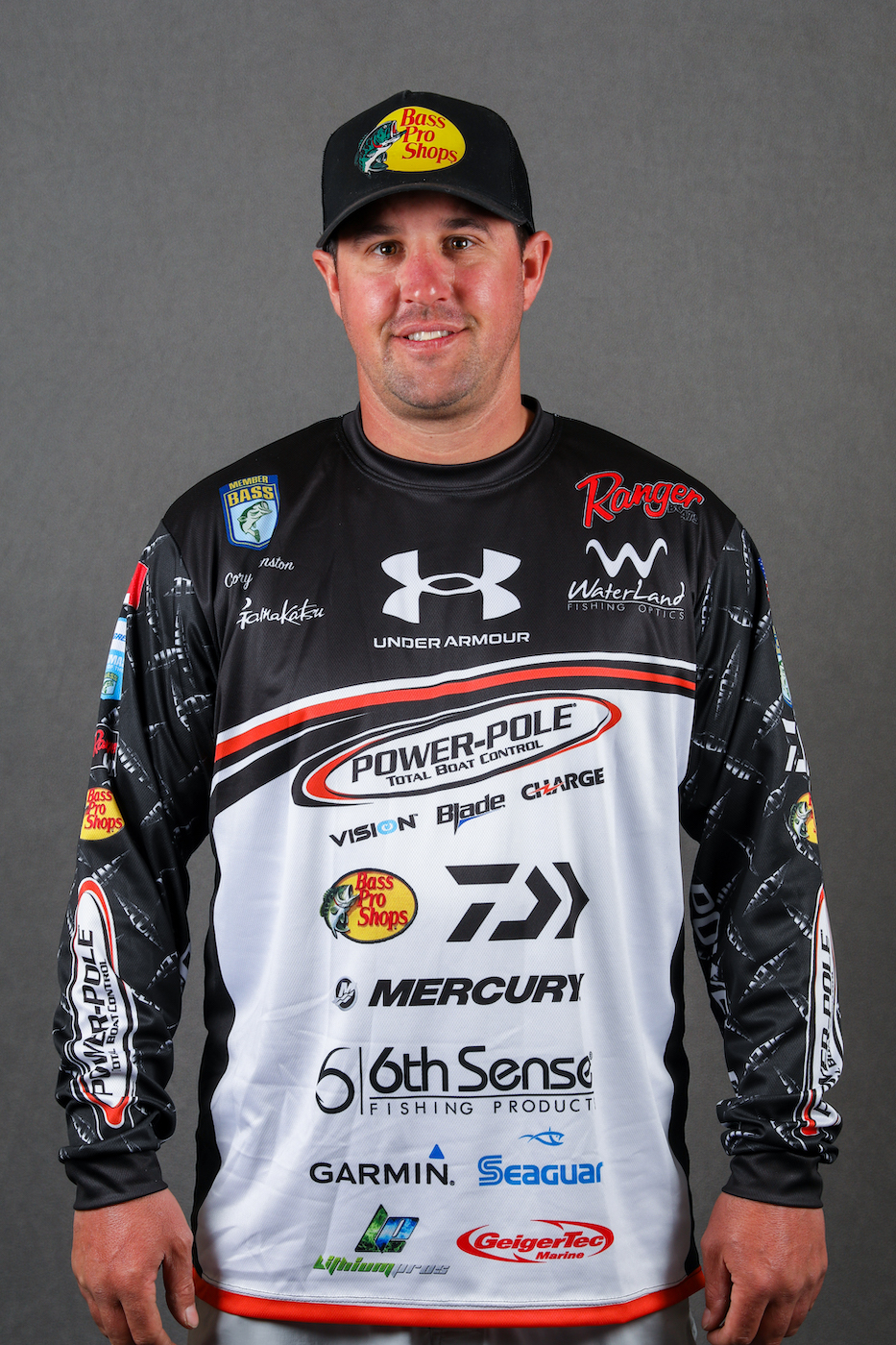
I’ve been back home a few weeks with time to reflect on the northern swing through the St. Lawrence and Cayuga. I can honestly say that, overall, frustrated would be the word for how I feel.
I wanted to get out of both events with Top 10s, but I finished 36th at the St. Lawrence, which is my home water, then seventh at Cayuga. I had some equipment issues on the first day of St. Lawrence, which was frustrating, and it seemed like everything spiraled into one problem after another there. After both events, I’m now fifth in the Toyota Bassmaster Angler of the Year Race — 30 points behind the leader Scott Canterbury.
I had about 22 1/2 pounds the first day at the St. Lawrence, but I had a seven-minute late penalty. I had 21 1/2 pounds the second day. I was on the winning fish, which was a little more salt in the wounds. I went and checked my last spot on the final day — Chris Zaldain wasn’t fishing too far away — and Zaldain said it was just loaded with fish. There were giants everywhere. My brother Chris was talking about going and fishing there on the final day, but he decided not to and made a long run instead. If Chris had went to our spot he’d maybe have won.
There are just so many variables when you know the water so well like we do, it gets frustrating because of how many decisions you need to make. If you don’t know the water as well, sometimes that’s good because your list of variables is much smaller.
There’s nothing I can do about it. It’s in the past, and I have to keep going because there’s important fishing still coming in the last two events.
At Cayuga I again believed I was on the winning fish. The first day of competition, I still didn’t really know what I’d found in practice. I had two primary spots. In one, I found fish right on the very edge of the grass in 14 or 15 feet. When I started there on Day 1, I fished out on the edge. I never got any bites, so I thought the fish had moved. I didn’t take the time to figure out where they went.
Then I went to my secondary spot, which was a flat. I caught a bunch of fish and one big one. When I returned to my starting spot later in the day, I learned that the fish had moved from the edge further back into the grass.
So the second day I knew I was going to go there and fish in the grass. The wind was blowing, so I picked up a crankbait and beat the snot out of them. On the third day the wind didn’t pick up until later in the afternoon, so I had to finesse them in the morning, then use the small window to crank in the afternoon. Once the wind picked up they started biting the crank. I caught a 5-pounder, a few 4s and a 3 1/2. I fished there the last day and lost a 5. I think if the wind had blown all day I could have weighed a giant sack. My fish were there. I caught 2 1/2-pounders all day on a drop shot, but I needed to crank the big ones.
The crankbait was a Strike Kind 6XD, and I was kind of reeling it just over the grass. Every once in a while it would get hung up in a clump of grass, and I’d just snap it out. They were eating when I was running over the grass, and also as I ripped it out.
I think that crankbait bite is a perch thing. There were a bunch of perch in the area I was fishing, and I’m pretty sure big groups of alewives were in there too, because I saw big balls of bait.
I’d never fished Cayuga before. I think it’s a great fishery. I didn’t like that they’d cut all the grass, but it really surprised me when I got out there and saw what was going on with the bite and the quality of the fish. It shocked me how deep the largemouth get in that lake. I would have never guessed you could catch largemouth in 25 to 35 feet of water, but guys did. Northern largemouth just do that. I’m not sure why they get out so deep in a lake with so much grass, but I guess it’s because of the big bait balls out there.

